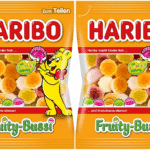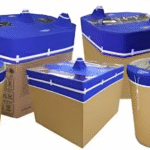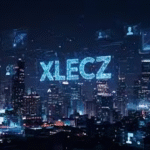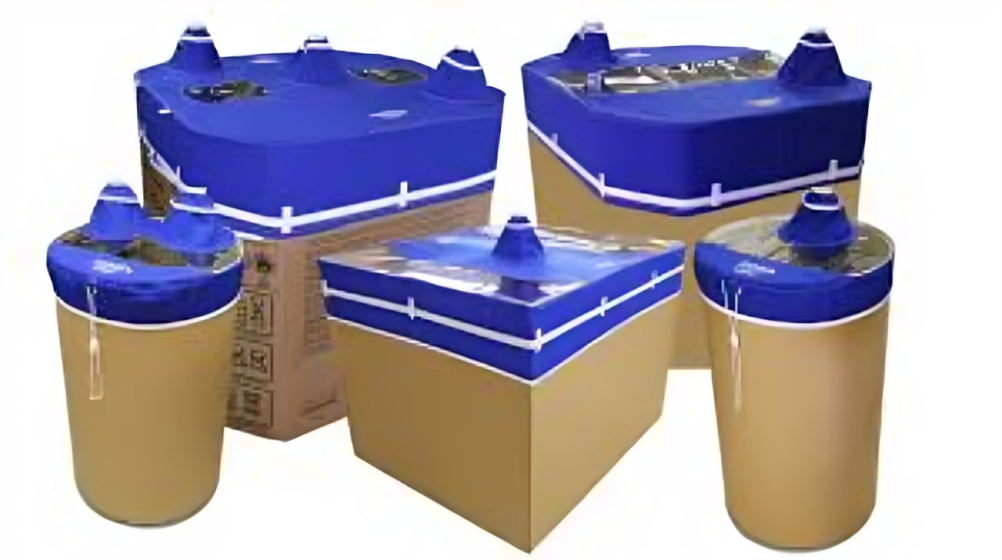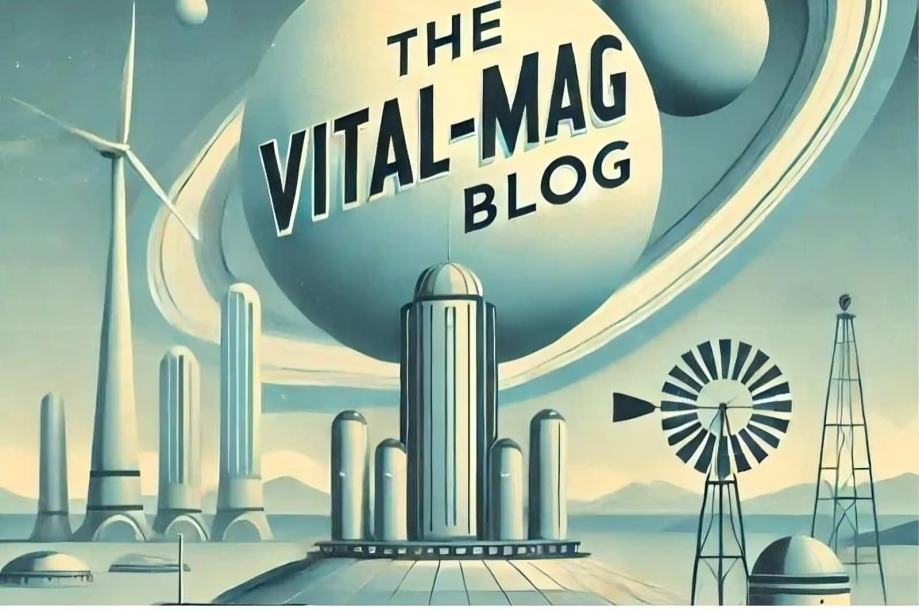In the realm of archival storage, document preservation, and professional-grade packaging, the Gaylord cover stands as a hallmark of protection and durability. Named after the Gaylord Archival company, which has long been associated with high-quality preservation products, the term “Gaylord cover” has evolved to represent a category of protective sleeves and enclosures that serve multiple industries, from libraries and museums to logistics and publishing.
This article explores the origin, purpose, applications, materials, and advantages of Gaylord covers, offering a deep dive into why these protective tools are not only relevant but increasingly essential in the modern world of conservation and shipping.
Origin and Evolution of the Gaylord Cover
The concept of the Gaylord cover traces its roots back to Gaylord Brothers, a company established in the late 19th century in Syracuse, New York. The company quickly rose to prominence as a supplier of library supplies, archival enclosures, and book preservation materials. Among their innovations was the development of a durable, functional cover designed to protect books, documents, and other materials from environmental and physical damage.
Over the decades, the Gaylord cover evolved beyond a single-use concept. Today, it encompasses a range of protective solutions, from polyester and polypropylene document sleeves to corrugated cardboard enclosures for shipping and storage. Regardless of form, the Gaylord cover continues to embody the core principles of durability, accessibility, and preservation.
Materials Used in Gaylord Covers
A distinguishing feature of the Gaylord cover lies in its materials, which are carefully selected to ensure archival safety and long-term protection. The choice of material depends largely on the intended application, but common materials include:
-
Polyester (Mylar®): Highly transparent and chemically inert, polyester is ideal for document sleeves that must remain legible and free from contamination.
-
Polypropylene: A cost-effective, acid-free plastic often used for archival-quality enclosures and folders.
-
Corrugated Cardboard: Used in shipping and storage, often buffered to prevent acid migration and deterioration.
-
Tyvek®: A synthetic material that is waterproof and tear-resistant, used in high-risk environments.
-
Acid-Free Paperboard: Employed for folders and enclosures used in archives, museums, and special collections.
All these materials share a common purpose: to shield the contents from moisture, dust, UV light, handling wear, and chemical degradation.
Applications of Gaylord Covers Across Industries
The versatility of Gaylord covers is one of the key reasons for their widespread adoption. They are employed across diverse sectors, each utilizing the protective nature of the cover in unique ways.
1. Libraries and Archives
In libraries, Gaylord covers are indispensable for preserving rare books, manuscripts, and archival documents. Book covers, jacket protectors, and document sleeves are commonly used to extend the life of circulating materials while maintaining their aesthetic and historical value.
Archival institutions favor Gaylord covers for their acid-free and lignin-free properties, which are critical in preventing the yellowing, brittleness, and degradation associated with traditional paper enclosures.
2. Museums and Galleries
Museums employ Gaylord covers in their conservation departments to house fragile artifacts, photographs, and historical records. Custom-sized enclosures and padded covers are used to minimize vibration, moisture exposure, and light penetration, ensuring delicate items remain intact during display, storage, or transportation.
3. Education and Research
Academic institutions and researchers benefit from the organizational and protective functions of Gaylord covers. They use them to categorize, label, and protect original research, theses, and experimental data in both print and photographic formats. These covers help maintain the physical condition of documents during extended periods of access and use.
4. Publishing and Print Media
Gaylord covers serve the publishing industry by protecting advance copies, proofs, and collector’s editions from damage during transit and handling. Furthermore, bookstores use clear Gaylord covers on dust jackets to retain the visual appeal of titles while safeguarding them from fingerprints and shelf wear.
5. Shipping and Logistics
In warehousing and logistics, Gaylord covers refer to large corrugated cardboard containers often placed on pallets for bulk shipments. These are not archival in nature but share the same ethos—protection, containment, and ease of handling. Known as “Gaylord boxes,” they are widely used in shipping bulk materials, recyclables, or irregular items.
Types of Gaylord Covers
Though the term may evoke a single product, Gaylord covers come in a wide array of formats:
-
Book Jacket Covers: Transparent sleeves that protect hardcover book jackets from tearing, scratching, and moisture.
-
Document Sleeves: Individual enclosures for photos, letters, and paper documents—usually made from polyester or polypropylene.
-
Box Enclosures: Archival storage boxes, often custom-fitted for collections and labeled for inventory.
-
Folder Covers: Acid-free paper or board folders for flat storage, especially in document preservation.
-
Shipping Gaylords: Heavy-duty containers for bulk packaging and freight shipping.
Each type of cover is designed with a specific function in mind, ensuring optimal protection for its contents under various environmental and handling conditions.
Advantages of Using Gaylord Covers
The popularity of Gaylord covers is not coincidental. Their benefits are tangible and widely acknowledged:
-
Long-Term Preservation: Archival-grade materials prevent chemical degradation, ensuring longevity for documents and books.
-
Ease of Access: Designed to protect without obstructing readability or handling.
-
Aesthetic Maintenance: Transparent covers preserve visual elements like book dust jackets or historical documents without altering their appearance.
-
Customizability: Available in various sizes and configurations to fit everything from postcards to oversized blueprints.
-
Environmental Resistance: Offers protection from UV rays, humidity, and handling, which are common threats in uncontrolled environments.
-
Cost-Effective Investment: Reduces replacement and repair costs by significantly extending the usable life of assets.
Best Practices for Selecting and Using Gaylord Covers
Choosing the appropriate Gaylord cover involves a few key considerations:
-
Material Compatibility: Ensure that the cover material is chemically inert and suitable for the item being protected.
-
Size Appropriateness: Overly tight or excessively loose covers can result in damage or inefficiency.
-
Storage Conditions: Use buffered materials for acidic environments or when storing paper prone to deterioration.
-
Labeling and Documentation: Choose covers with external labeling options or add archival-safe labels to aid in organization and retrieval.
-
Regular Inspection: Even archival materials should be periodically checked to assess their integrity and the condition of the contents.
Sustainability and Innovation
In an era where sustainability and conservation are critical, the Gaylord cover industry is also adapting. Manufacturers are increasingly focused on:
-
Using recycled and recyclable materials in cover production.
-
Offering biodegradable options for short-term protection needs.
-
Developing innovative sealing methods that avoid adhesives or tapes that may degrade over time.
-
Creating digitally trackable enclosures integrated with RFID or barcode systems to modernize archival management.
Conclusion
The Gaylord cover may appear simple in form, but its impact on preservation, protection, and presentation is profound. these covers demonstrate the power of thoughtful design paired with durable materials. Whether safeguarding a 200-year-old manuscript or facilitating the shipment of bulk recyclables, these covers demonstrate the power of thoughtful design paired with durable materials.
Their application across libraries, museums, logistics, publishing, and education reflects their versatility and relevance. As information continues to transition between physical and digital formats, Gaylord covers remain a cornerstone of responsible conservation—protecting not just materials, but the history, stories, and knowledge they represent.
In an age where content is constantly at risk of being lost, damaged, or forgotten, the humble Gaylord cover provides a silent yet steadfast defense—a testament to the enduring value of preservation done right.
